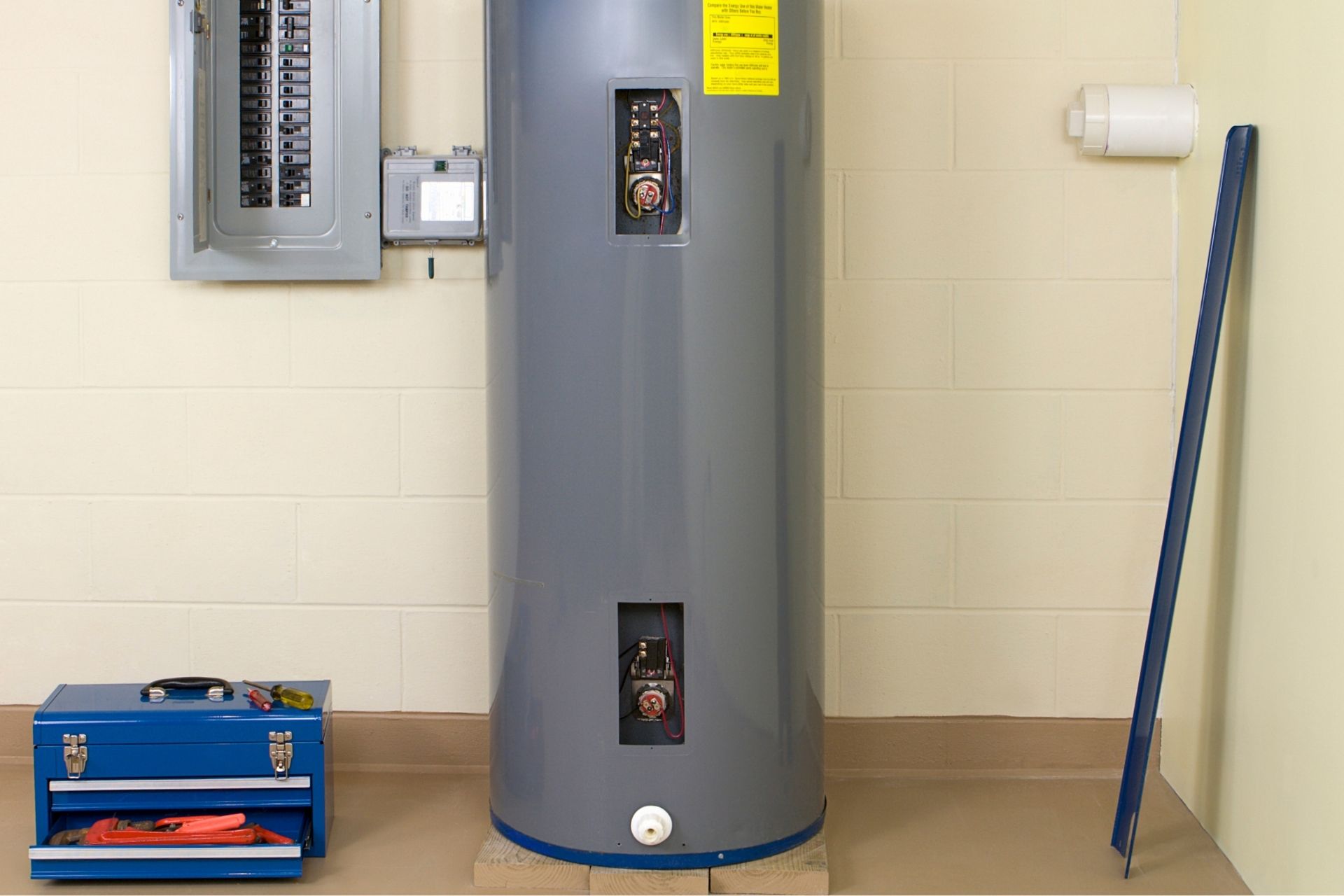Ensuring Durability of Your Home's Hot Water System: Maintenance Tips
Ensuring Durability of Your Home's Hot Water System: Maintenance Tips
Blog Article
How do you really feel in regards to Water Heater Maintenance Tips You Can't Afford to Forget?

Hot water is necessary for day-to-day convenience, whether it's for a rejuvenating shower or washing dishes. To guarantee your warm water system runs successfully and lasts much longer, normal maintenance is essential. This write-up supplies practical suggestions and understandings on just how to maintain your home's hot water system to prevent disruptions and pricey repair work.
Introduction
Preserving your home's hot water system may seem daunting, however with a couple of simple actions, you can guarantee it operates smoothly for many years to come. This overview covers whatever from understanding your hot water system to do it yourself maintenance ideas and recognizing when to contact expert aid.
Relevance of Preserving Your Warm Water System
Normal upkeep not just extends the life-span of your warm water system however likewise guarantees it operates effectively. Overlooking upkeep can bring about lowered efficiency, greater power expenses, and even premature failure of the system.
Signs Your Warm Water System Requirements Maintenance
Recognizing when your warm water system needs attention can protect against major concerns. Keep an eye out for indications such as inconsistent water temperature, weird noises from the heater, or rusty water.
Comprehending Your Hot Water System
Before diving right into upkeep jobs, it's helpful to understand the standard parts of your hot water system. Commonly, this includes the hot water heater itself, pipelines, anode poles, and temperature controls.
Month-to-month Maintenance Tasks
Regular monthly checks can assist catch minor concerns prior to they rise.
Flushing the Water Heater
Purging your water heater removes debris buildup, enhancing performance and prolonging its life.
Monitoring and Replacing Anode Rods
Anode poles avoid rust inside the storage tank. Evaluating and replacing them when worn out is vital.
Evaluating and Changing Temperature Level Settings
Changing the temperature level setups ensures optimal performance and safety.
DIY Tips for Upkeep
You can perform numerous maintenance tasks on your own to keep your hot water system in top condition.
Checking for Leaks
Routinely evaluate pipelines and connections for leaks, as these can cause water damages and higher bills.
Examining Stress Alleviation Valves
Examining the stress relief valve ensures it operates correctly and prevents extreme pressure accumulation.
Shielding Pipelines
Protecting hot water pipes minimizes warm loss and can save energy.
When to Call a Professional
While do it yourself upkeep is useful, some concerns call for professional proficiency.
Complex Concerns Calling For Professional Help
Examples consist of significant leaks, electrical issues, or if your hot water heater is constantly underperforming.
Regular Expert Maintenance Benefits
Specialist maintenance can consist of thorough assessments, tune-ups, and making sure conformity with security standards.
Verdict
Normal maintenance of your home's hot water system is essential for performance, durability, and cost financial savings. By complying with these tips and knowing when to seek professional assistance, you can guarantee a reliable supply of warm water without unforeseen disturbances.
Water Heater Maintenance Tips
Test the TPR Valve
Shut off the power and the cold-water supply valve. Place a bucket under the pipe connected to the temperature-pressure-release (TPR) valve on the top or side of the tank. (This valve opens if the tank pressure gets too high.) Lift the valve’s tab to let some water out, then let go. If water keeps flowing, drain the tank partway, unscrew the old valve with a pipe wrench, and install a new one. Check the Anode Rod
Put a hose to the tank’s drain cock and let out a few gallons of water. Now fit a 1 1/16-inch socket onto the rod’s hex head on top of the heater (or under its top plate) and unscrew the rod. If it’s less than ½ inch thick or coated with calcium, buy a new one, wrap its threads with Teflon tape, put it back in the tank, and tighten securely. Use this segmented rod if headroom above the tank is limited. Drain the Tank and Wash Out Sediment
Drain the remaining water in the tank into the bucket, then stir up the sediment on the tank’s bottom by briefly opening the cold-water supply valve. Drain and repeat until clean water comes out of the hose. Close the drain cock, refill the tank, and turn its power back on. Adjust the Temperature
Find the temperature dial on the side of the tank and unscrew its cover. Adjust the dial to 120 degrees using a flathead screwdriver. For every 10 degrees the temperature is lowered, you can expect to save up to 5 percent in energy costs. Turn the water heater off or the thermostat down to its lowest setting if you plan to be away from home for more than three days. Insulate the Pipes
Buy some self-sticking 3/8-inch-thick foam pipe insulation that matches the pipes’ diameter. Slide the foam over the hot-and cold-water pipes as far as you can reach. Insulating the cold-water pipe prevents condensation in summer. Peel the tape and squeeze the insulation closed. If the pipe is 6 inches or less from the flue, cover it with 1-inch-thick unfaced fiberglass pipe wrap. https://www.thisoldhouse.com/plumbing/21016402/how-to-maintain-a-water-heater

I came across that content about Water Heater Maintenance Tips You Can't Afford to Forget while browsing the internet. Appreciated our content? Please share it. Let other people discover it. We treasure your readership.
Go Services Report this page